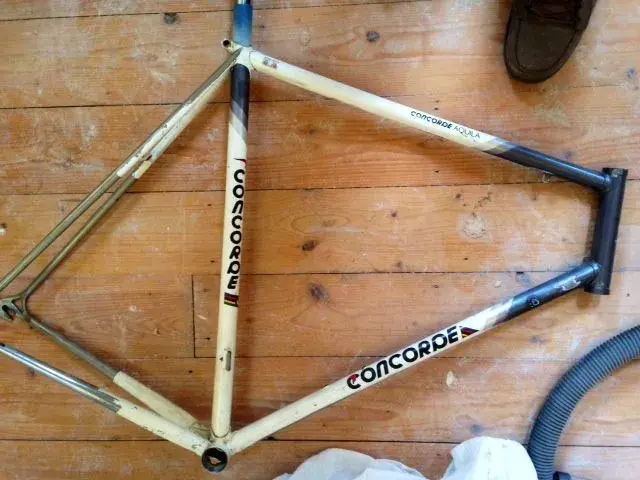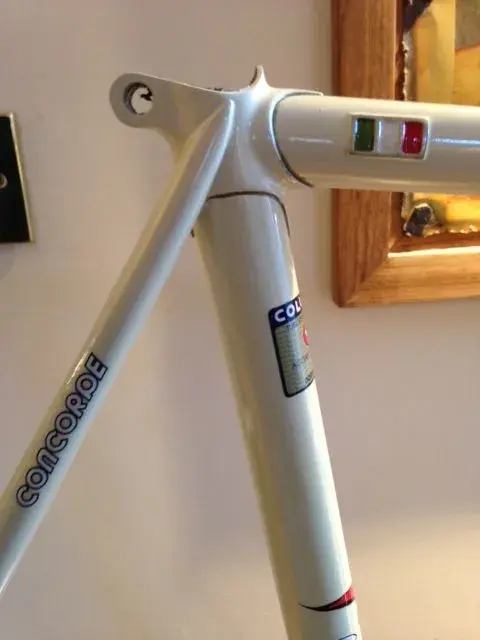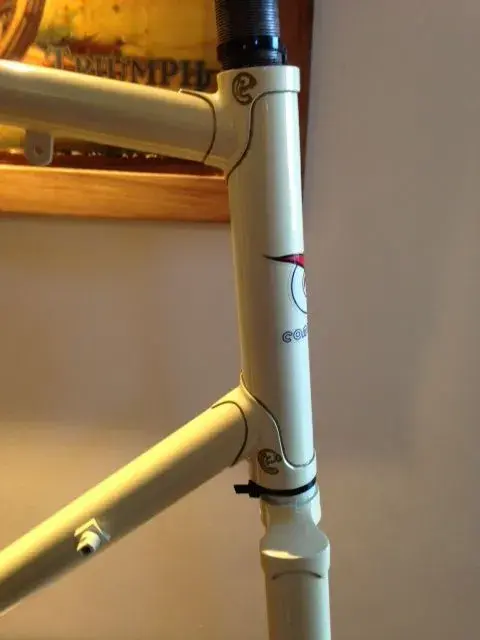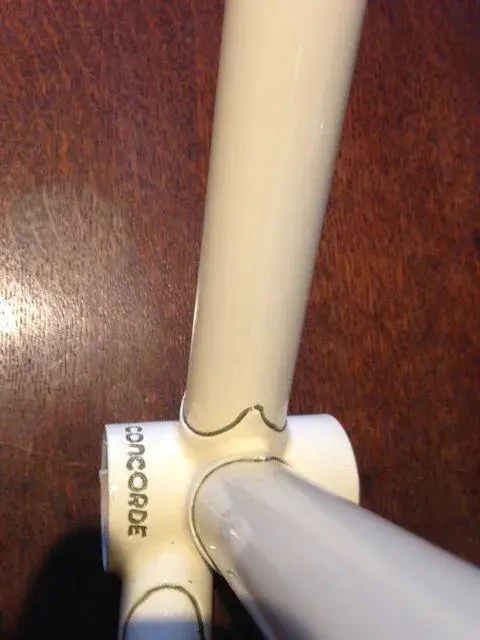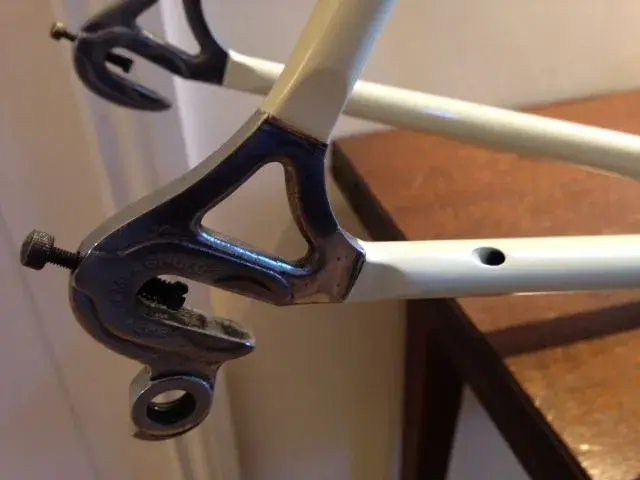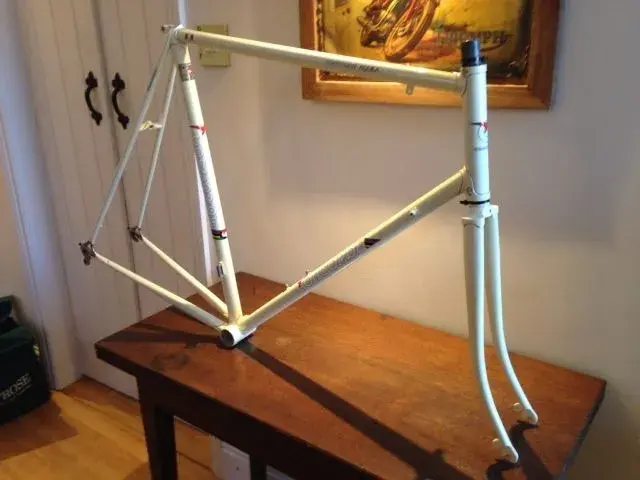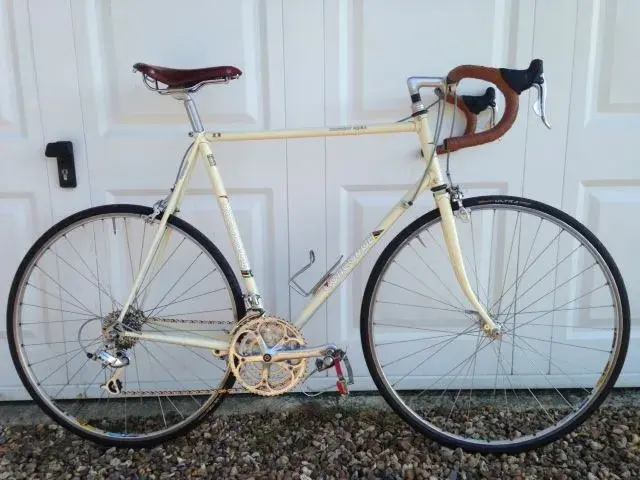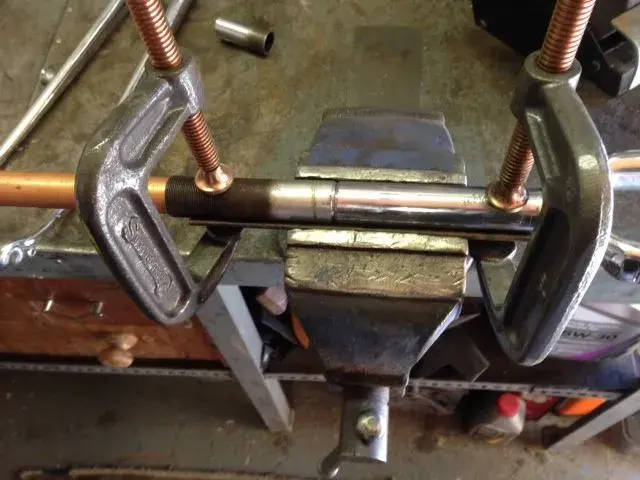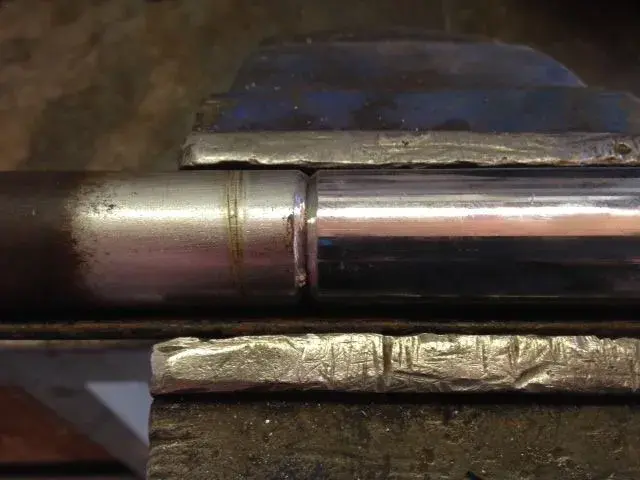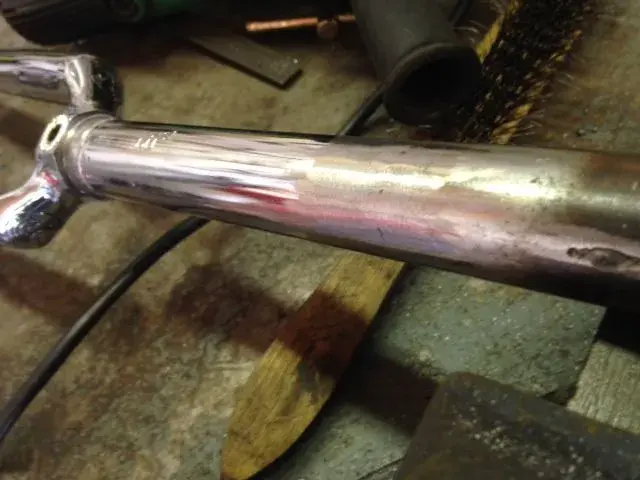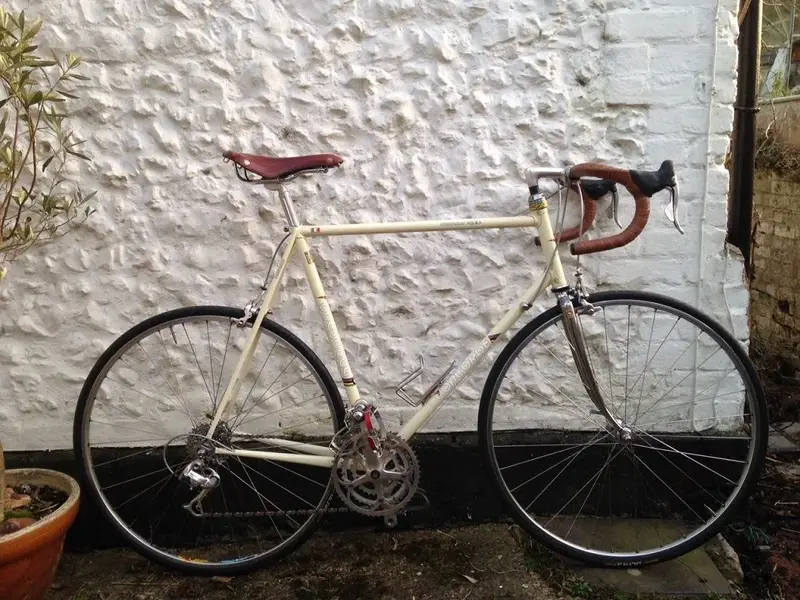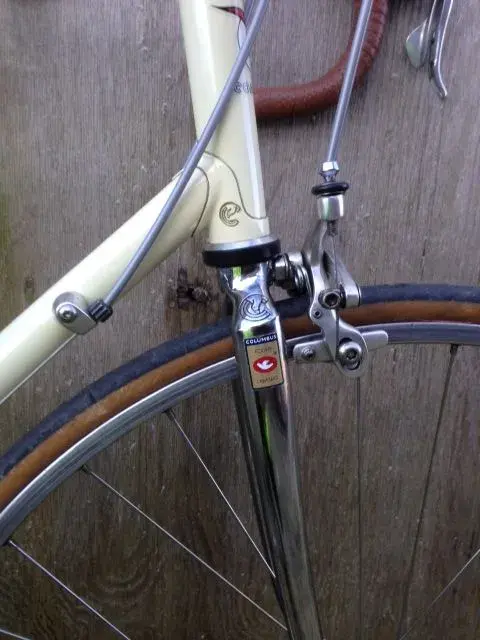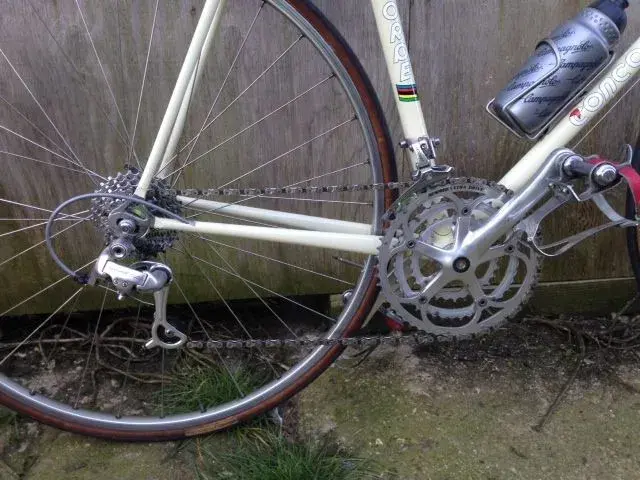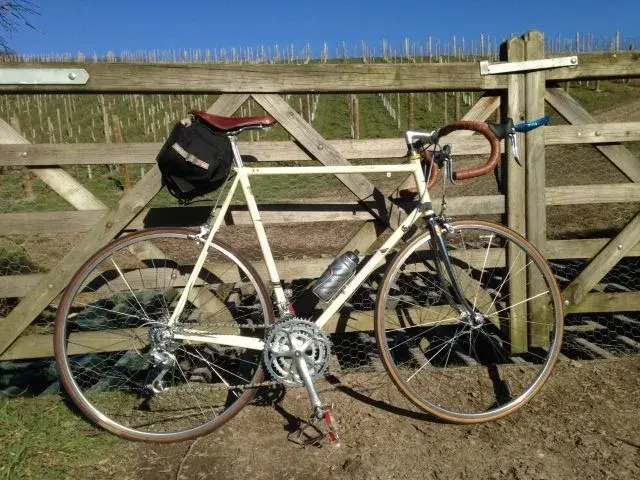It all began when I came across a rather sad-looking Concorde Aquila frame at a cycle jumble at Ripley last year.
It looked like it had seen a lot of life and come away from it second best, judging from the sorry state it was in. It had lost its forks (they went to the chromers and never came back, apparently), the paint was terrible, and the chromework was dull and suffering from mild surface corrosion.
But, looking on the bright side, it was straight and sound, the threads were good, it had no dents, the internal tubes looked in excellent condition, and it was my size. And with Columbus SL tubing and being built by Billato, it was a top-rate frame and well worth saving.
Here's what I started off with:
It looked like it had seen a lot of life and come away from it second best, judging from the sorry state it was in. It had lost its forks (they went to the chromers and never came back, apparently), the paint was terrible, and the chromework was dull and suffering from mild surface corrosion.
But, looking on the bright side, it was straight and sound, the threads were good, it had no dents, the internal tubes looked in excellent condition, and it was my size. And with Columbus SL tubing and being built by Billato, it was a top-rate frame and well worth saving.
Here's what I started off with:
